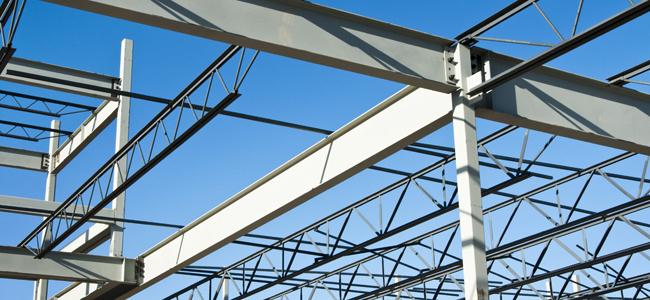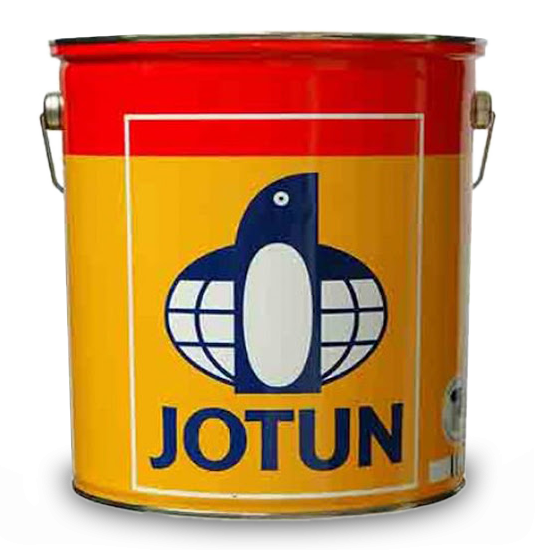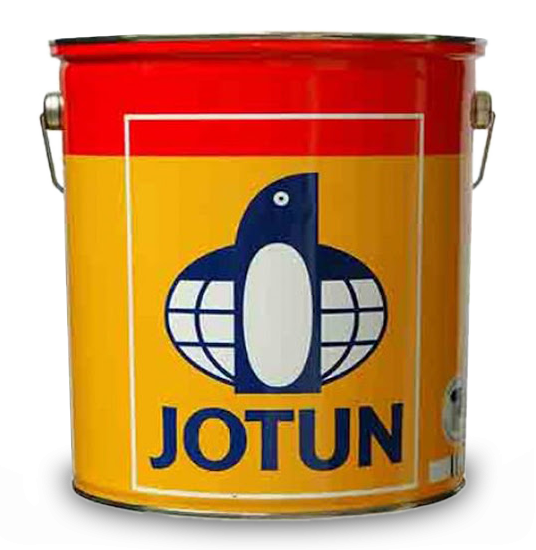Purpose of Intumescent Paint
Intumescent paints are fire-resistant coatings designed to protect structural materials, primarily steel, by slowing the spread of fire. When exposed to high temperatures, these coatings expand to form a thick, insulating char that impedes heat transfer, extending the time before structural failure occurs. This passive fire protection is essential in commercial, industrial, and residential buildings to meet fire safety regulations and improve fire resistance. By providing crucial time for evacuation and firefighting efforts, intumescent coatings help protect lives and assets.
Main Types of Intumescent Paints
The Jotun Steelmaster range of products consists of both water-borne and solvent based products.
Water-Based Intumescent Paints
- Low in VOCs and environmentally friendly.
- Ideal for indoor applications with minimal moisture exposure.
- Slower drying compared to solvent-based alternatives.
Solvent-Based Intumescent Paints
- More durable and resistant to moisture.
- Should be used where steel is exposed to the elements during building construction
- Suitable for both interior and exterior fire protection.
- Faster drying, making them ideal for time-sensitive projects.
Key Considerations When Selecting Intumescent Paint
Choosing the right intumescent paint depends on several factors. If you are unsure of what product is most suitable for your project, please contact us and we will assist you with any questions that you may have;
- Fire Rating Requirements – Different paints provide fire resistance of between 30 and up to 180 minutes.
- Substrate Type – Steelmaster products are designed for structural steel only.
- Environmental Exposure – Consider durability in outdoor, high-humidity, or chemically exposed environments.
- Application Method – Film thickness required to provide specified protection can be vey high, so for large areas, application is only feasible using airless spray. For small areas it may be possible to apply the paint by brush or roller.
- Regulatory Compliance – Ensure the product meets local fire safety regulations such as BS 476, EN 13381, or UL 263.
Key Steps in Applying Intumescent Paint
As intumescent products purpose is protect lives as well as assets, it is essential that all applications of Steelmaster products are performed correctly. To ensure this, it is necessary to perform a calculation to provide a detailed paint specification that takes into account the length of protection required, beam designations and amount of beam exposure. If you are unsure of any aspect of product selection or application, please contact us for advice and guidance. If required, we are able to provide a certificate of conformity, which, along with the paint specification will provide confirmation of fire protection provided that the specified film thickness of paint is applied.
The steps below are a high-level guide only for applying intumescent paint. For more detailed information please refer to individual product application guides and data sheets on our product pages.
For optimum results the Steelmaster system must only be applied by competent applicators.
Step 1 - Surface Preparation
- All steel must be clean, dry, and free from grease, dust, rust and other forms of contaminant. Blast cleaning should be carried out to Sa 2.5.
- A compatible primer to improve adhesion. Contact us if you requrie advice
- Inspect the substrate for any defects before applying the coating.
Step 2 - Mixing
- Stir intumescent paints thoroughly before application.
- A mechanical paint mixing tool is recommended.
Step 3 - Application
- Apply using a brush, roller, or airless spray.
- Check & maintain the specified wet film thickness (DFT) for the required fire rating, using wet film gauges at frequent intervals.
- Allow sufficient drying time between coats if multiple coats are required
Step 4 - Drying and Curing
- Follow the manufacturer’s recommended drying and curing times before applying a topcoat.
- Provide proper ventilation in enclosed spaces to aid the drying process.
- Avoid exposing the coating to excessive moisture before full curing.
Step 5 - Inspection and Maintenance
- Check for correct film thickness using specialized measuring tools.
- Repair any damaged areas promptly to maintain fire protection.
- Conduct regular inspections to ensure the coating remains intact and effective.
Frequently Asked Questions (FAQs)
The FAQ's below are for general guidance only. For specific questions, please refer to the application guides on our product pages or give us call and we will answer any questions that you have.
Q. How does intumescent paint work?
A. When exposed to high temperatures, intumescent paint expands and forms a thick, insulating layer that reduces heat transfer and protects the underlying structure.
Q. What fire rating can intumescent paint provide?
A. Intumescent coatings can provide fire resistance of between 30 and up to 180 minutes depending on the thickness applied and product specifications.
Q. Can intumescent paint be applied over existing coatings?
A. Yes, but the surface must be properly prepared, and the existing coating must be compatible. A primer may be necessary to ensure proper adhesion.
Q. Do I need a primer before applying intumescent paint?
A. Yes, a suitable primer is recommended for most applications.
Q. Can intumescent paint be used outdoors?
A. Yes, but solvent-based intumescent coatings are necessary for exterior applications due to their moisture resistance.
Q. How thick should intumescent paint be applied?
A. The required thickness depends on the fire rating required.
Q. Is intumescent paint toxic?
A. Water-based intumescent paints have low VOC levels and are safer for indoor use. Solvent-based intumescent coatings may require PPE and proper ventilation during application.
Q. Can I apply intumescent paint with a brush or roller?
A. Lower film thicknesses and/or small areas may be suitable brush and roller application, but spray application is preferred for larger areas.
Q. Does intumescent paint require a topcoat?
A. Some intumescent coatings require a protective topcoat to enhance durability, particularly in exposed or high-humidity environments.
Q. How long does intumescent paint take to dry?
A. Drying times vary by product, but most intumescent coatings require up to 24 hours for full drying
Q. How does intumescent paint compare to fireproofing boards?
A. Intumescent coatings provide a seamless, lightweight alternative to fireproofing boards and are often preferred for aesthetic and space-saving reasons.
Q. Is intumescent paint waterproof?
A. Water-based products are not inherently waterproof and should not be used in an exterior environment. A suitable topcoat should be applied to solvent based paint in exposed exterior environments.


 Loading Products...
Loading Products...


